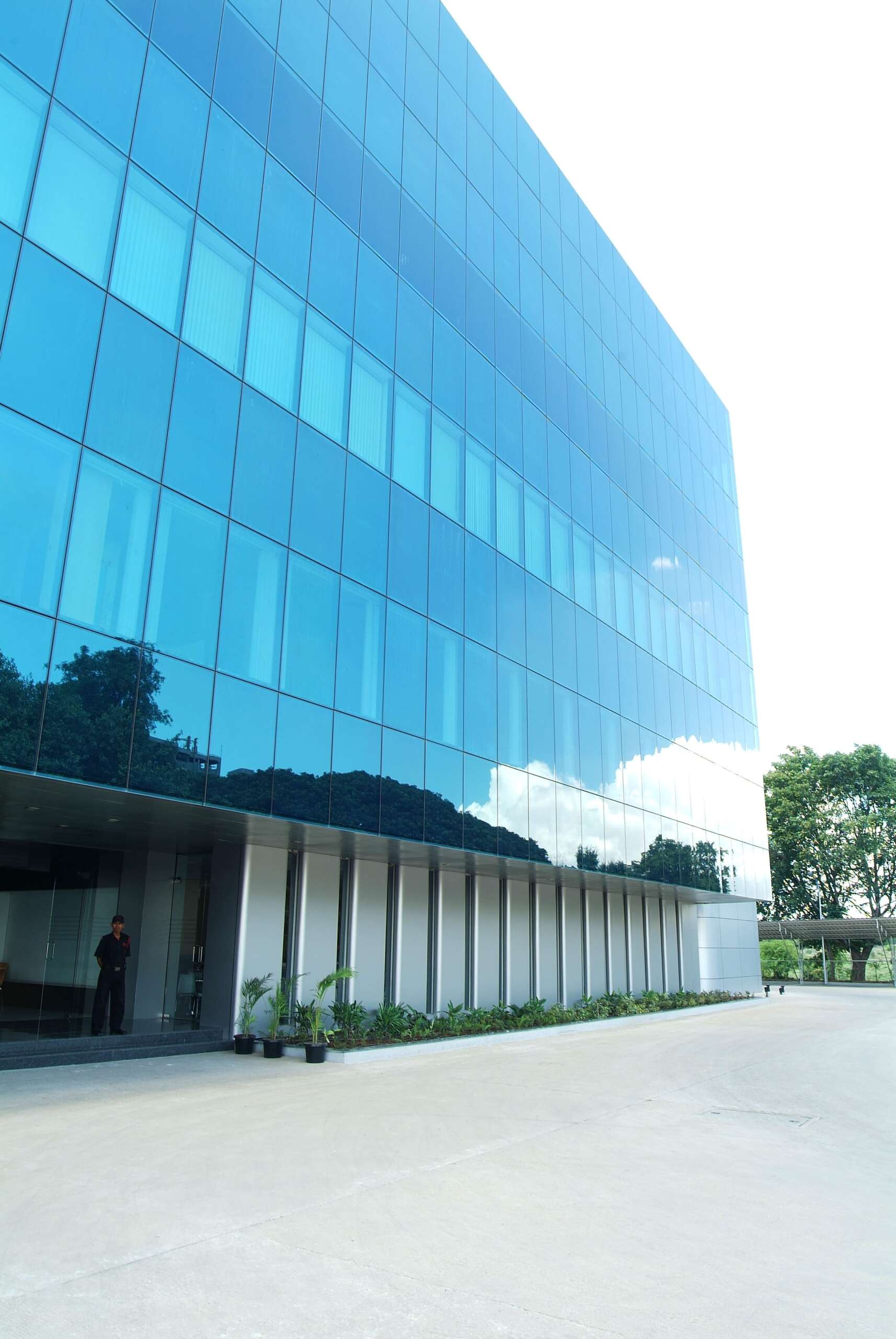In the ever-evolving realm of architectural design, the AirGrid Facade System has emerged as a pioneering solution, redefining the aesthetics and functionality of urban landscapes. This cutting-edge system seamlessly integrates sustainability, aesthetics, and performance, offering a myriad of benefits that make it a game-changer in the world of modern architecture.
Sustainable Elegance
At the heart of the AirGrid Facade System lies its commitment to sustainability. Designed to minimize environmental impact, this system incorporates eco-friendly materials and energy-efficient technologies. The grid-like structure, which characterizes the facade, not only serves an aesthetic purpose but also contributes to energy conservation by optimizing natural light penetration. The result is a harmonious blend of sustainable architecture and aesthetic appeal, setting a new standard for environmentally conscious urban development.
Modular Flexibility
One of the standout features of the AirGrid Facade System is its modular design, providing architects and designers with unparalleled flexibility. The system allows for the creation of dynamic, customizable facades that can adapt to the unique requirements of any project. Whether it’s a residential skyscraper or a commercial complex, the modular nature of AirGrid empowers architects to unleash their creativity and design facades that are both functional and visually striking.
Energy Efficiency and Thermal Comfort
In addition to its aesthetic and modular advantages, the AirGrid Facade System prioritizes energy efficiency and thermal comfort. The strategic placement of the grid elements optimizes shading, reducing the need for excessive artificial lighting and air conditioning. This not only results in lower energy consumption but also enhances the overall comfort of the building’s occupants. The system acts as a responsive shield against the elements, effectively managing solar gain and heat dissipation to create a pleasant indoor environment.
Technological Integration
Embracing the digital age, the AirGrid Facade System seamlessly integrates with smart building technologies. Automated controls allow for real-time adjustments, optimizing the facade’s performance based on factors such as weather conditions and occupancy. This intelligent integration not only enhances the system’s efficiency but also positions it at the forefront of the smart architecture movement, where buildings actively respond to their environment to maximize energy savings.
Case Studies in Urban Innovation
The real-world impact of the AirGrid Facade System is evident in several urban projects that have embraced its transformative capabilities. From reducing carbon footprints to enhancing the overall urban experience, these case studies underscore the system’s adaptability and effectiveness. Cities worldwide are turning to AirGrid to revolutionize their skyline, demonstrating a collective commitment to sustainable, forward-thinking design.
Conclusion
In conclusion, the AirGrid Facade System stands as a beacon of innovation in the realm of urban architecture. Its sustainable elegance, modular flexibility, energy efficiency, and seamless technological integration make it a go-to solution for architects and developers aiming to shape the future of our urban landscapes. As the demand for environmentally conscious and visually stunning structures continues to rise, the AirGrid Facade System emerges as a pivotal player, transforming our cities into showcases of modern, sustainable living.

